Country Artists of the ’80s & ’90s Who Were Ahead of Their Time
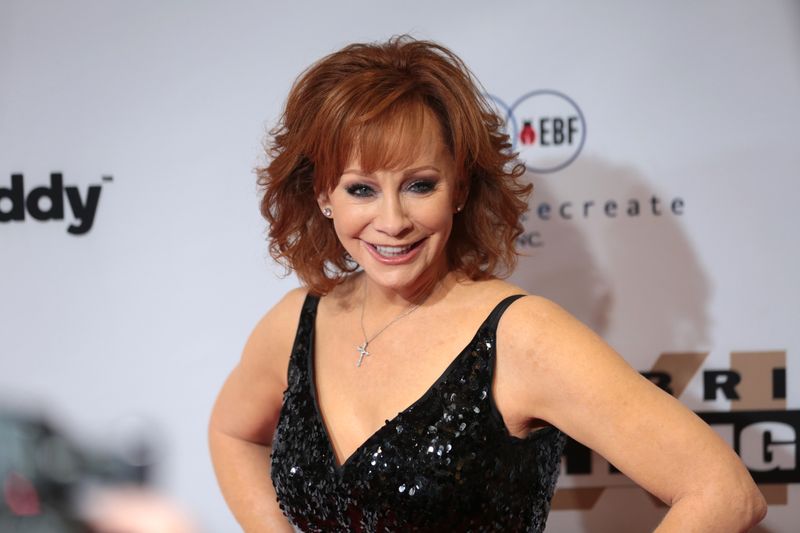
During the 1980s and 1990s, country music underwent a dramatic transformation as bold artists pushed beyond traditional boundaries. These innovative musicians blended genres, tackled unconventional themes, and reimagined what country music could be. Their forward-thinking approaches not only changed the Nashville sound of their era but continue to influence country artists today.
1. Garth Brooks
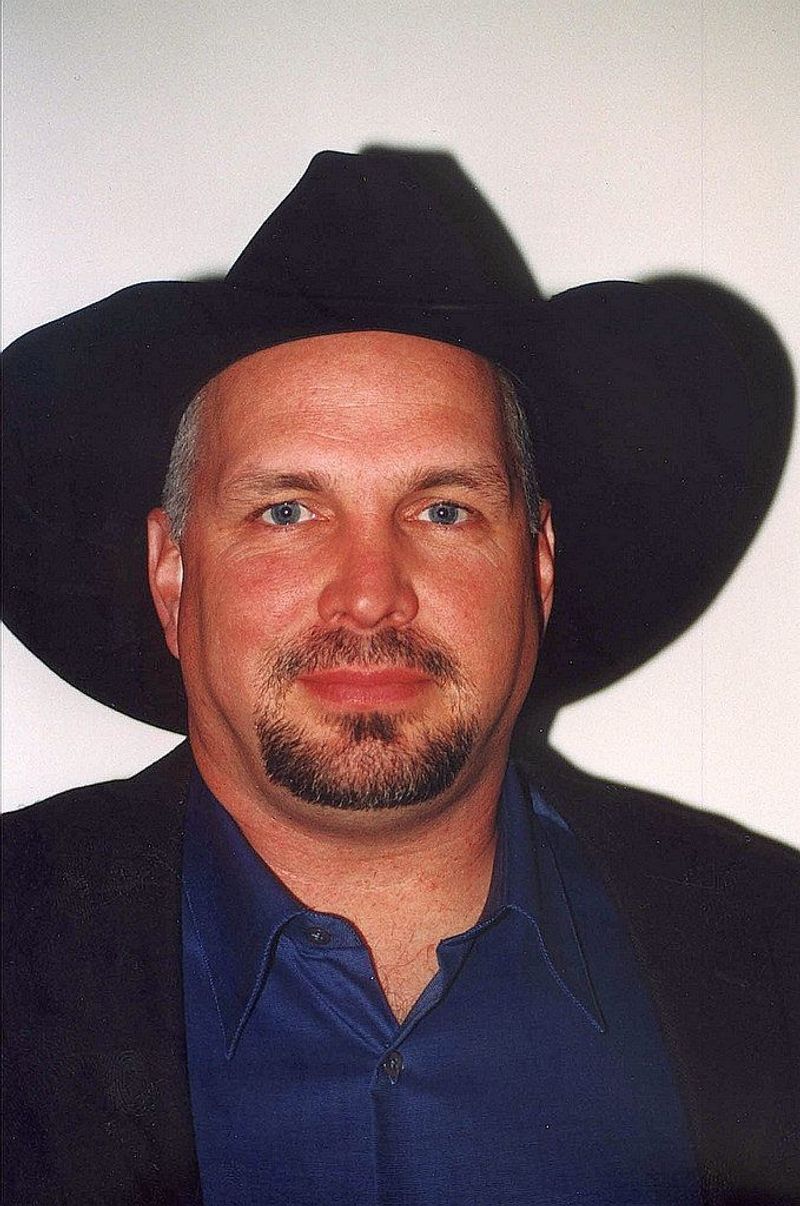
The Oklahoma native revolutionized country music by infusing rock-show energy into his performances when most country acts stood still at microphones. His concerts featured dramatic stage dives, pyrotechnics, and flying harnesses – unheard of in country music circles of the time.
Brooks merged traditional country storytelling with rock production values in hits like “Friends in Low Places” and “The Thunder Rolls.” His videos pushed boundaries with controversial themes that radio sometimes banned.
As the first country artist to sell out multiple nights in major arenas, Brooks created the blueprint for today’s country stadium shows. His unprecedented crossover appeal helped country music reach audiences who previously dismissed the genre entirely.
2. Dwight Yoakam
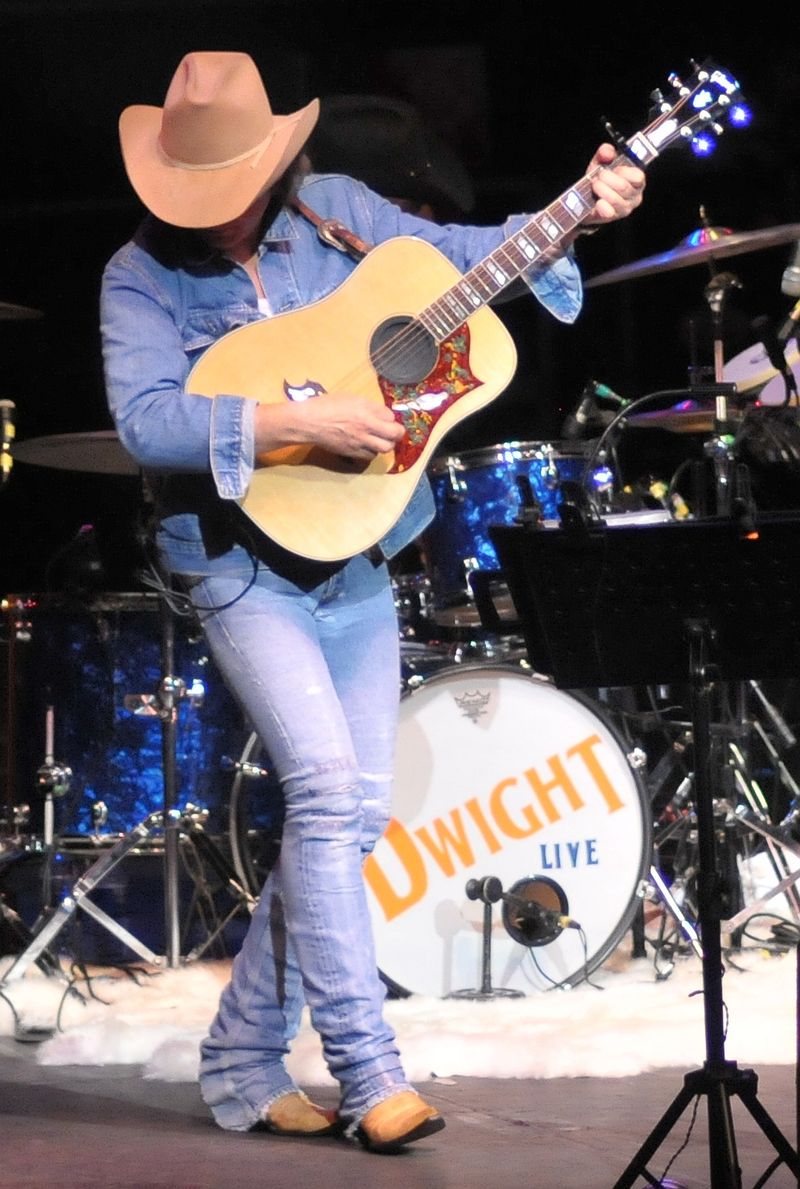
With his tight jeans, low-slung cowboy hat, and unmistakable hip-swivel, Yoakam revitalized the Bakersfield Sound when Nashville was drifting toward soft pop influences. His 1986 debut album “Guitars, Cadillacs, Etc., Etc.” arrived like a honky-tonk rebellion against the polished urban cowboy trend.
Unlike his contemporaries, Yoakam embraced hillbilly traditions while simultaneously incorporating punk rock’s rebellious energy. His twangy, nasal vocal style celebrated country music’s roots while his arrangements introduced unexpected rock elements.
Hollywood took notice of his magnetic presence, leading to acting roles that further expanded country’s cultural reach. Yoakam’s unwillingness to compromise his artistic vision set a precedent for independent-minded artists who followed.
3. Reba McEntire
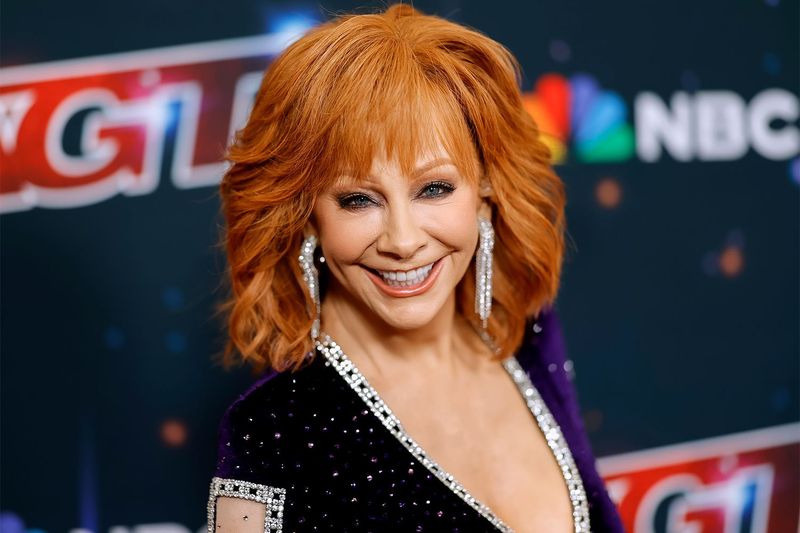
“The Queen of Country” transcended the traditional female country star role by taking control of her career when women were still largely industry afterthoughts. After surviving a devastating plane crash that killed her band members in 1991, McEntire emerged with renewed determination to build her empire.
Her concerts transformed from simple performances into theatrical productions with multiple costume changes and elaborate staging. McEntire’s business acumen led her to launch clothing lines, star in her own sitcom, and produce Broadway shows.
Her song selection often tackled complex issues like domestic abuse, AIDS, and single motherhood when country radio preferred lighter fare. This fearless approach to controversial topics opened doors for future female artists to address meaningful subjects.
4. K.D. Lang
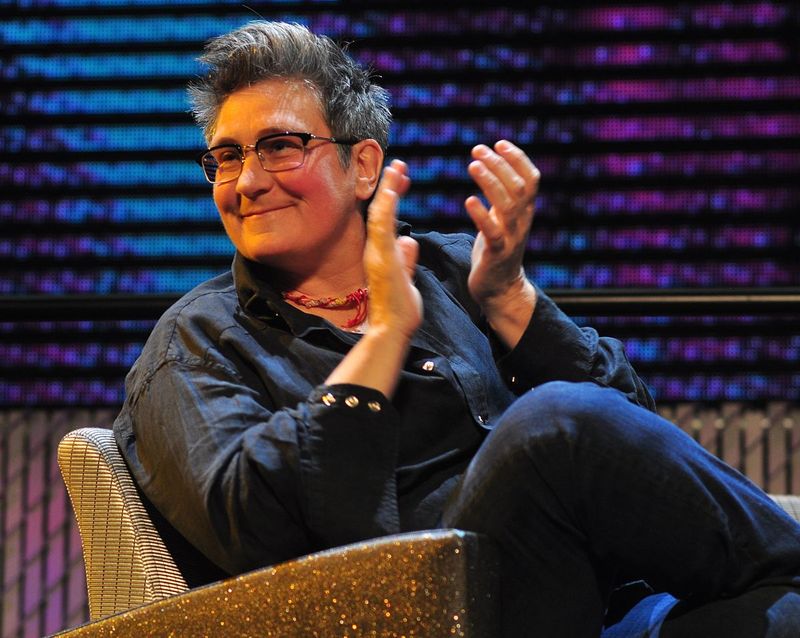
Standing barefoot on stage in men’s suits with cropped hair, Lang challenged every country music convention of the 1980s. Her androgynous appearance contrasted sharply with the rhinestone-cowgirl aesthetic expected of female performers, making her a revolutionary figure in the genre.
Lang’s extraordinary vocal range and emotional delivery on songs like “Constant Craving” demonstrated technical prowess that transcended genre limitations. Her 1989 duet with Roy Orbison on “Crying” revealed her ability to honor country traditions while completely reimagining them.
As an openly gay artist in a conservative genre, Lang faced significant industry resistance yet refused to compromise her identity. Her courage created space for future LGBTQ+ country artists who would otherwise have remained hidden from the spotlight.
5. Steve Earle
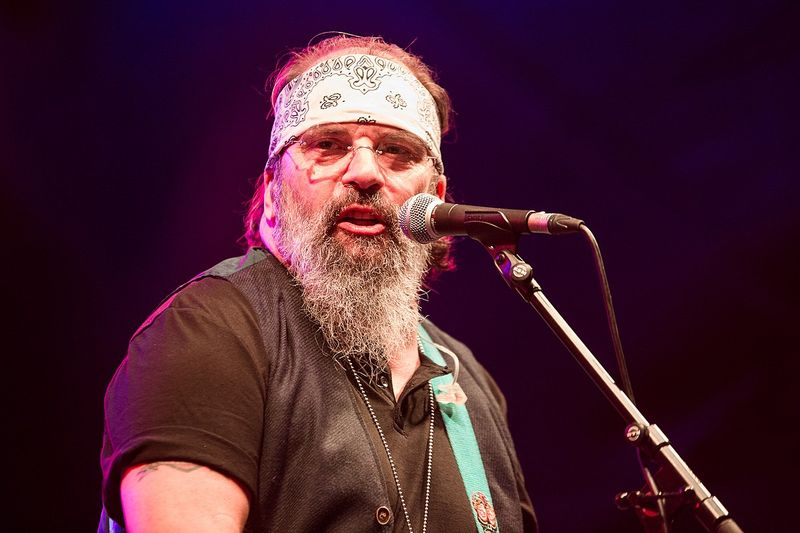
Labeled “too rock for country, too country for rock,” Earle carved out the alternative country space before it had a name. His 1986 debut “Guitar Town” delivered gritty, working-class narratives with an authenticity that stood in stark contrast to the glossy Nashville productions dominating radio.
Personal demons led to a prison stint that temporarily derailed his career. Upon his return, Earle’s music took on even more political dimensions, addressing capital punishment, workers’ rights, and anti-war sentiments when most country artists avoided such controversial territory.
His production techniques incorporated unexpected instruments and arrangements that expanded country music’s sonic palette. Earle’s unflinching lyrics about America’s uncomfortable realities created a template for socially conscious country artists who would emerge decades later.
6. Mary Chapin Carpenter
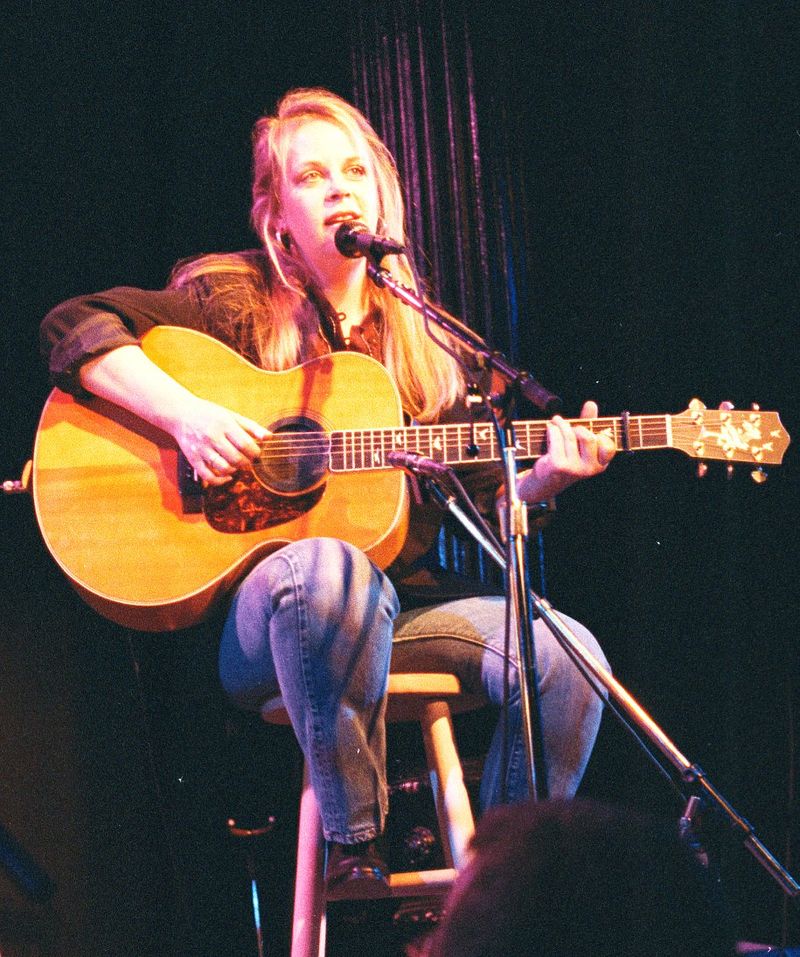
College-educated and intellectually sharp when country music primarily celebrated simpler values, Carpenter brought literary sophistication to Nashville. Her breakthrough hit “He Thinks He’ll Keep Her” cleverly disguised feminist commentary within a catchy melody that country radio couldn’t resist.
Unlike the big-haired divas of her era, Carpenter presented an understated image that emphasized songwriting over spectacle. Her folk influences and acoustic arrangements provided a refreshing alternative to the increasingly overproduced country sound of the 1990s.
Carpenter’s songs explored emotional nuance and psychological complexity rarely heard on country radio. By attracting listeners who normally dismissed country music as simplistic, she expanded the genre’s audience and elevated its artistic credibility among critics who previously ignored Nashville’s output.
7. Randy Travis
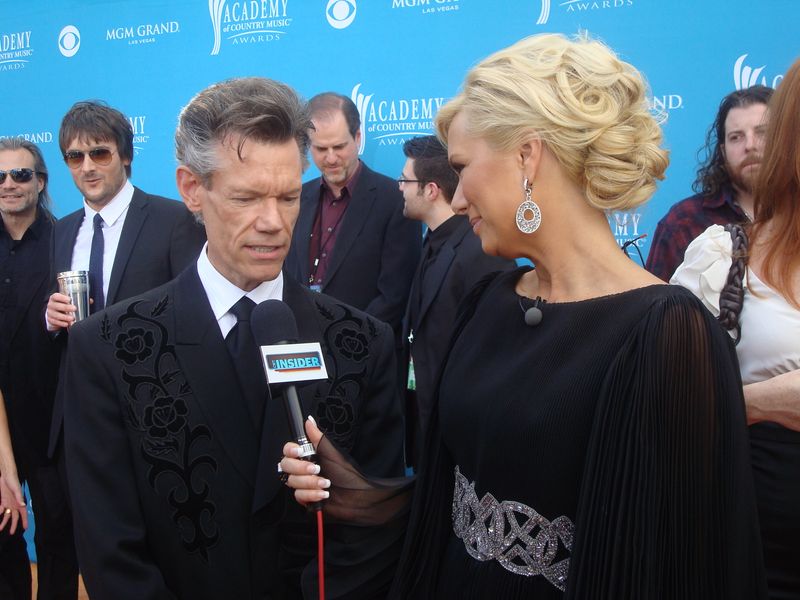
When the Urban Cowboy movement had pushed traditional country sounds to the margins, Travis arrived with a rich baritone that reconnected the genre to its roots. His 1986 album “Storms of Life” shocked industry executives by selling millions when conventional wisdom claimed traditional country couldn’t achieve mainstream success.
Travis’s authentic approach inspired an entire generation of hat-wearing neotraditionalists who would dominate 1990s country. His songs celebrated small-town values and faith when Nashville was chasing crossover pop appeal.
Remarkably, Travis achieved this traditional revival while incorporating modern production techniques that made his sound accessible to younger listeners. By proving traditional country could still resonate with contemporary audiences, he preserved elements of the genre that might otherwise have disappeared entirely from commercial country music.
8. The Dixie Chicks
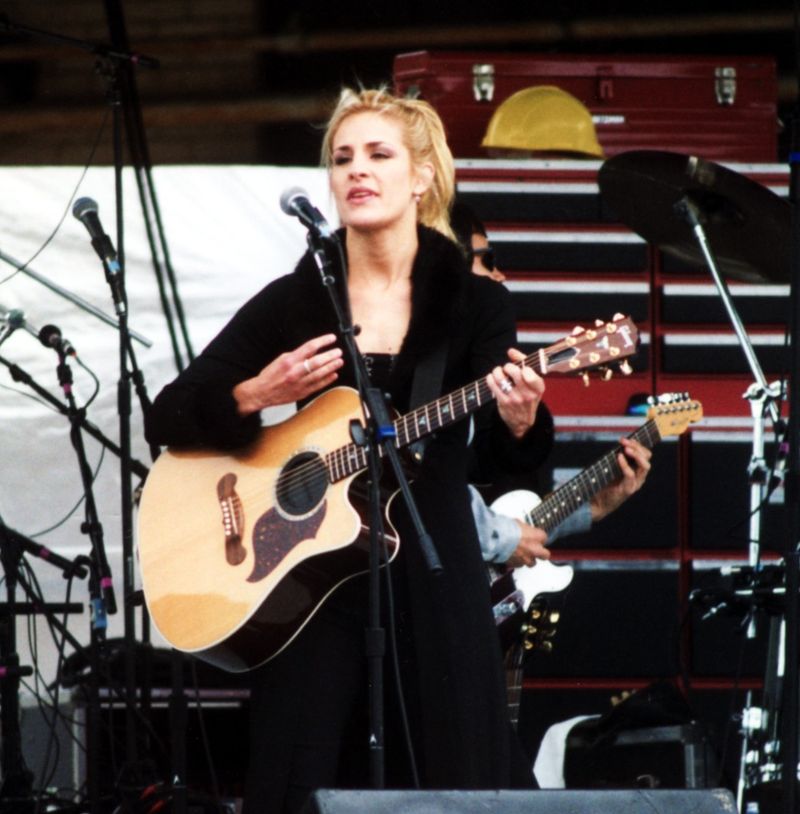
Before their famous political controversy, these three women revolutionized country music with virtuosic musicianship rarely showcased in mainstream country acts. Their instrumental prowess on fiddle, banjo, and dobro elevated country arrangements beyond the typical guitar-bass-drums formula dominating radio.
The trio’s harmony vocals brought bluegrass influences to commercial country when the subgenre was considered too niche for mainstream success. Their energetic performances attracted younger audiences and proved female artists could headline major tours without male co-headliners.
Their meticulously crafted videos established new visual standards for country music promotion. By blending traditional instruments with contemporary production and feminist perspectives, The Chicks created a blueprint for modern country acts that wanted to honor tradition while pushing creative boundaries.
9. Lyle Lovett
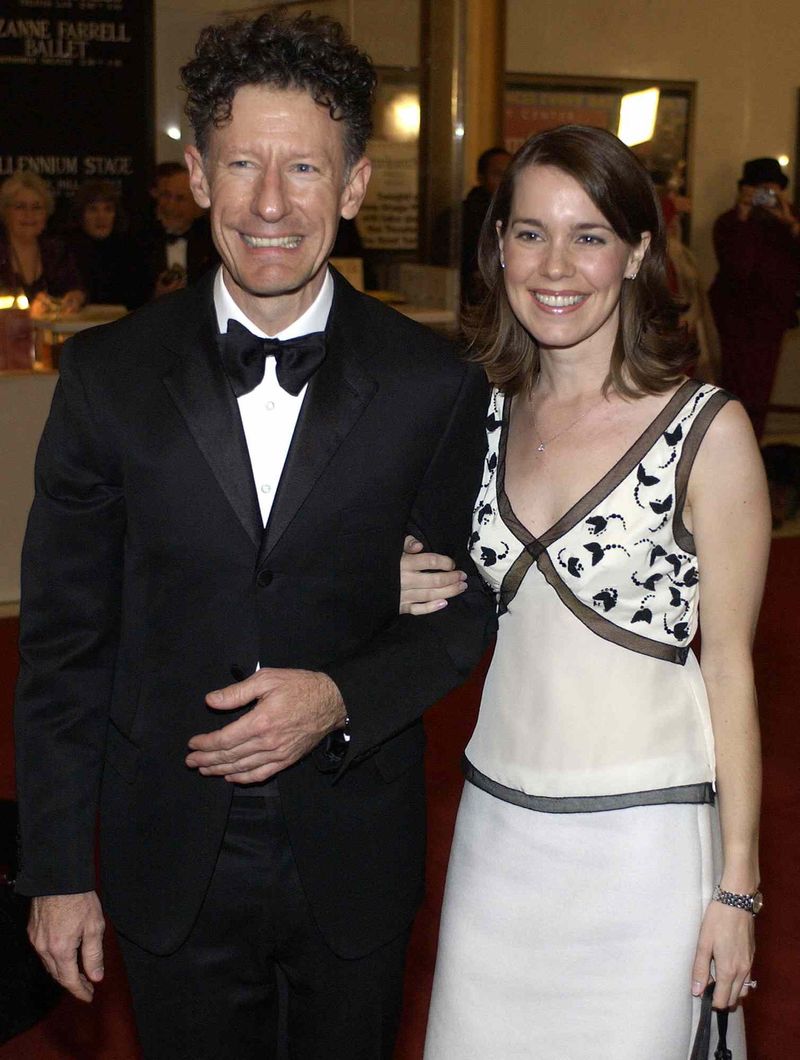
With his towering hair and unconventional looks, Lovett defied country music’s increasingly polished image requirements. His 1986 self-titled debut introduced a sophisticated songwriting style that incorporated jazz phrasings, gospel arrangements, and literary references when most country hits relied on simple hooks.
Lovett’s Large Band included horns, strings, and gospel singers – instrumentation rarely heard in country music at the time. His lyrics explored complex emotions and intellectual themes rather than the standard heartbreak and honky-tonk narratives.
Despite limited radio success, Lovett built a devoted following through stellar live performances that showcased musical virtuosity. His willingness to prioritize artistic expression over commercial formulas inspired countless alternative country artists who followed. Lovett proved country music could be intellectually stimulating without sacrificing its emotional authenticity.
10. Shania Twain
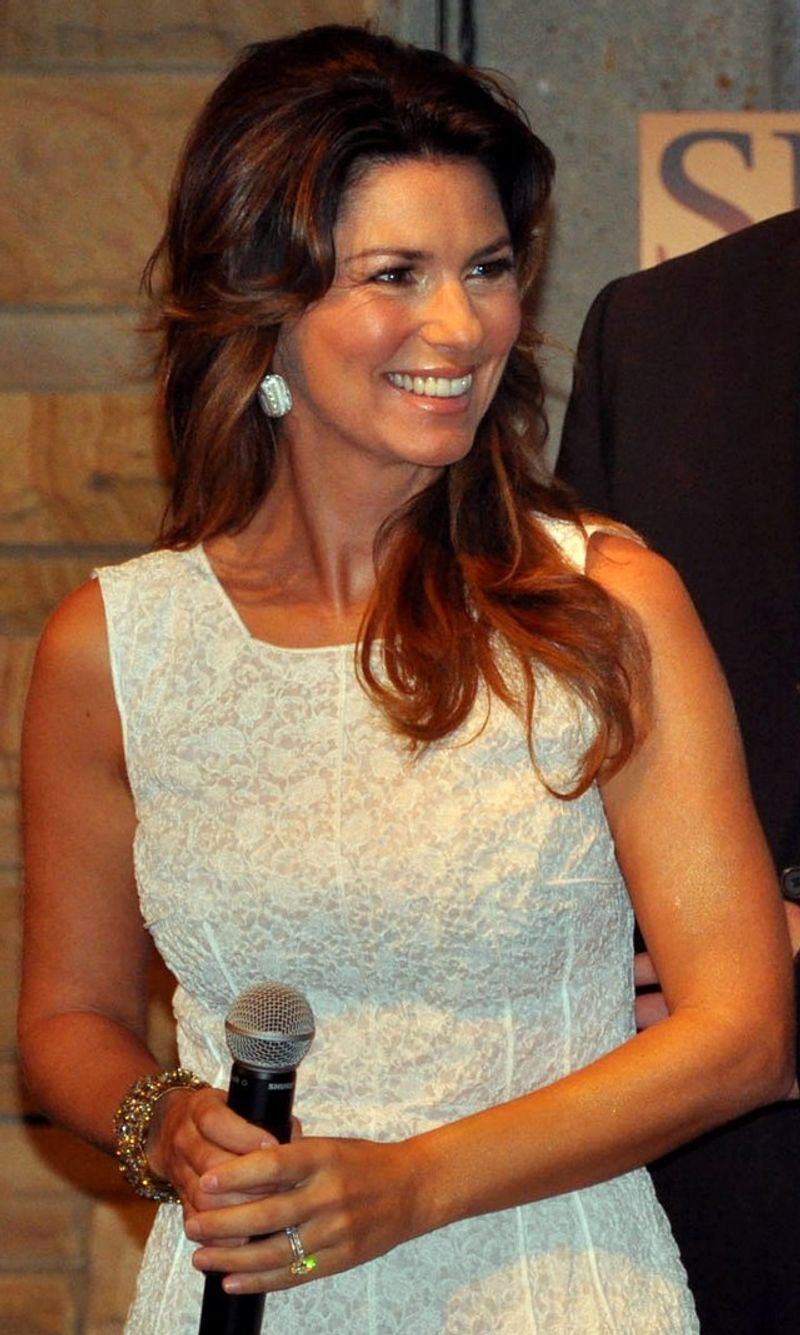
Partnering with rock producer Mutt Lange, Twain created a revolutionary country-pop sound that traditionalists initially rejected but audiences couldn’t resist. Her 1997 album “Come On Over” became the best-selling country album of all time by embracing drum loops, rock guitars, and dance-friendly rhythms previously considered taboo in Nashville.
Twain’s fashion-forward image broke the country dress code, replacing fringe and rhinestones with midriff-baring tops and leopard print. Her visually stunning videos borrowed production values from pop and rock, elevating country music’s visual presentation to new heights.
As a female artist who wrote her own material and controlled her image, Twain established new possibilities for women in country music. Her unprecedented international success transformed country from a regional American genre into a global phenomenon that continues to influence pop music worldwide.

Comments
Loading…